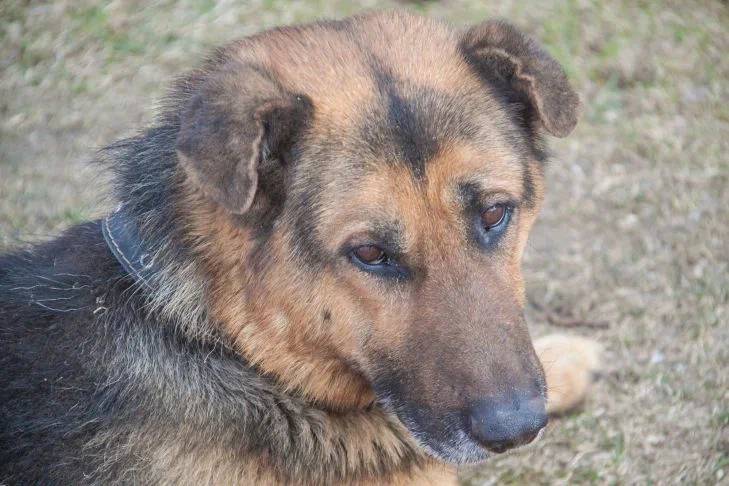Dogs are considered to be one of the smartest and most trainable animals. However, not all dog breeds are easy to train.
Some breeds may be difficult to train due to their genetic makeup, personality, or natural independence.
Animal lovers need to know which dog breeds are the hardest to train, and we'll give owners tips to help them overcome these challenges.

Afghan Hound: Aristocratic Independence
The Afghan Hound is known for its elegance and noble appearance. However, its aristocratic independence makes training a real challenge.
These dogs are often stubborn and prone to making decisions on their own, which makes the training process difficult.
An Afghan Hound owner must be patient and persistent, offering positive reinforcement and a variety of training methods to keep the dog interested and motivated.
Basenji: "a cat in a dog's clothing"
Often referred to as a "cat in a dog's clothing," the Basenji is independent and distinctive. The breed is known for not barking, but making a distinctive yodel-like sound.
Basenjis have a strong hunting instinct and a tendency to be independent, which makes them less receptive to standard training methods.
To successfully train a Basenji, the owner must be flexible, use positive reinforcement, and avoid monotonous training.
Bulldog: stubbornness and persistence
Bulldogs, whether English or French, are renowned for their stubbornness and persistence.
These dogs can be very affectionate and friendly, but their independent nature often makes them difficult to train.
Bulldogs prefer to do what they like and may ignore commands if they don't see the point. When training a Bulldog, it's important to stay calm and consistent, using short, fun training sessions with rewards.
Greyhound: Speed and Independence
Sighthounds, including the Russian Psovaya and Greyhounds, are known for their speed and grace, but their independent nature and strong hunting instinct can make them difficult to train.
They often show a tendency to act independently and may ignore commands. The owner of a greyhound must be prepared for long and patient training, using positive reinforcement methods and avoiding harsh punishments.
Chow Chow: Independence and alertness
Chow Chows are an ancient breed with an independent and alert nature. These dogs can be attached to their owners, but at the same time they are stubborn and independent. They require a delicate approach to training with lots of positive reinforcement and respect for their independent nature.
Bloodhound: tenacity and stubbornness
Bloodhounds are renowned for their unique sense of smell and ability to search for things. However, their stubbornness and tenacity can be a real challenge for their owners.
These dogs are often distracted by interesting smells and may ignore commands if they are engrossed in something important to them. To successfully train a Bloodhound, the owner must use a variety of methods based on rewards and maintaining the dog's motivation.
Shar Pei: independence and autonomy
Shar Pei are a breed of dog with an unusual appearance and a distinct character. Their independence and self-sufficiency can create difficulties in training.
These dogs often prefer to do things their own way and may ignore commands if they do not see the need for them.
A Shar Pei owner must be persistent and consistent, using positive reinforcement and avoiding monotonous training.
Earlier we talked about strange beliefs and signs about dogs .
